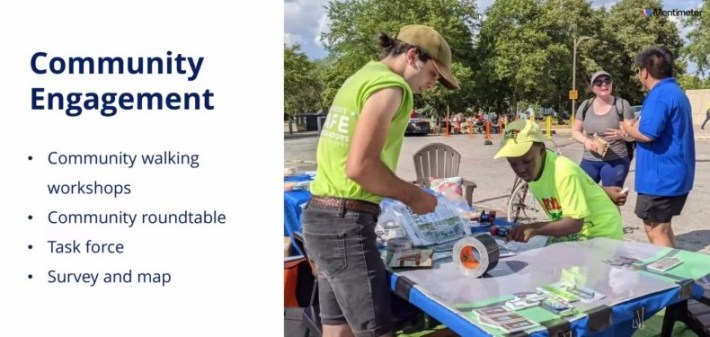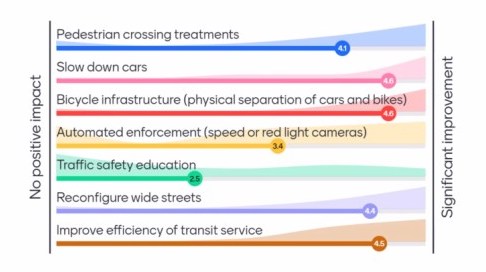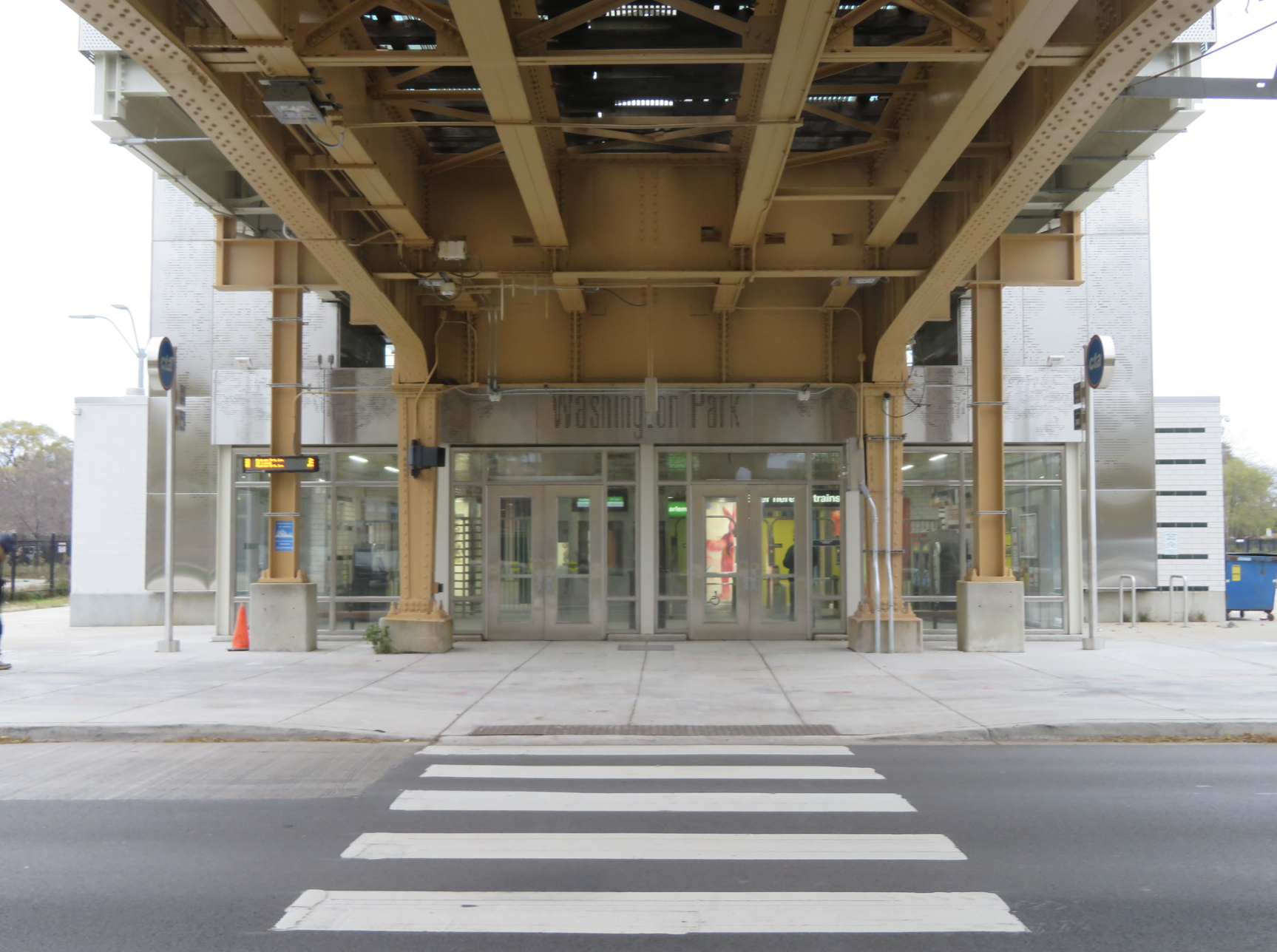According to the Vision Zero Chicago High Crash Corridor Framework Plan, there is no one-size fits all solution to traffic deaths. WIth that in mind, it makes sense to tailor interventions to reduce serious and fatal crashes to individual community areas. Tuesday evening the Chicago Department of Transportation hosted a virtual roundtable to collect input from residents of the Washington Park and Grand Boulevard neighborhood on how to improve traffic safety in their neighborhood.
At the outset of Tuesday’s meeting, attendees were introduced to the concept of Vision Zero, the global movement to eliminate traffic deaths, and the fact that seven zones on the South and West sides, plus downtown, have been identified as High Crash Areas in the Vision Zero Chicago Action Plan, and Washington Park is one of these districts. CDOT's Vision Zero Chicago program is asking residents about their concerns around traffic safety and their ideas on how to prevent crashes in their neighborhood. Feedback is being collected through roundtables, a task force group, a survey, and neighborhood walks. The data will be compiled in a report with recommendations, similar to the recently released Vision Zero Chicago Downtown Action Plan.

There were about 20 attendees at Tuesday’s online event. They were asked questions about which modes they use to move around their neighborhood, barriers to using those modes, and their thoughts on how to reduce traffic crashes in their community. The residents were encouraged to use the chat to leave feedback and use an online poll. I’ll share a few of the questions asked, the responses, and the poll results.
One question was, “What are your top three concerns or challenges in walking around your community?” Missing or poor-quality infrastructure such as sidewalks or crosswalks; and dangerous behavior of drivers or too much traffic received the most votes; with lack of destinations within walking distance as a distant third. Some attendees mentioned that broken glass and/or trash on sidewalks were a concern when walking.
Restaurants, parks, and grocery stores were top destinations folks already walk to, or would like to be able to reach on foot. When asked their concerns or challenges when it comes to biking, attendees cited missing or subpar infrastructure, dangerous behavior of drivers or too much traffic, and a lack of bike parking.
Unsurprisingly, the top concerns or challenges when taking transit were slow, infrequent, or unreliable service, “it takes too long to get where I need to go,” and a lack of comfortable/safe infrastructure such as bus shelters and benches. Some attendees mentioned personal safety issues such as lack of mask compliance, cigarette smoking on 'L' cars, and a lack of security on transit.
I asked if it would be possible for CDOT to add bus priority to streets in order to speed up service. I was told that “it’s possible.” The top reasons why attendees said they choose driving instead of traveling by another mode were personal safety, “it’s faster than two buses”/ driving is time-effective, or there was no good transit option.
Attendees were provided an overview of quick-build interventions that can reduce traffic crashes such as sidewalk bump-outs, pedestrian islands, raised crosswalk, bus bulbs, protected bike lanes, road diets, contraflow bike lanes, leading pedestrian intervals, and a rapid flashing beacon.
A list of potential traffic safety interventions was provided, and attendees were asked to rank how effective the intervention would be on a scale of 1 to 5 where 5 is most effective.

Attendees felt that slowing down cars; bicycle infrastructure that separates cars and bikes; reconfiguring wide streets; and pedestrian crossing treatments would be the most effective approaches, but had less faith in automated enforcement or traffic safety education.
Future events for residents to weigh in are being planned. A CDOT staffer said the next Vision Zero event will be in the spring. To stay up-to-date with Vision Zero Chicago’s South Side efforts, you can check out the Vision Zero Southside website and sign up for a newsletter. Residents and other stakeholders in Greater Englewood, Washington Park, and Grand Boulevard are encouraged to take an online survey.





